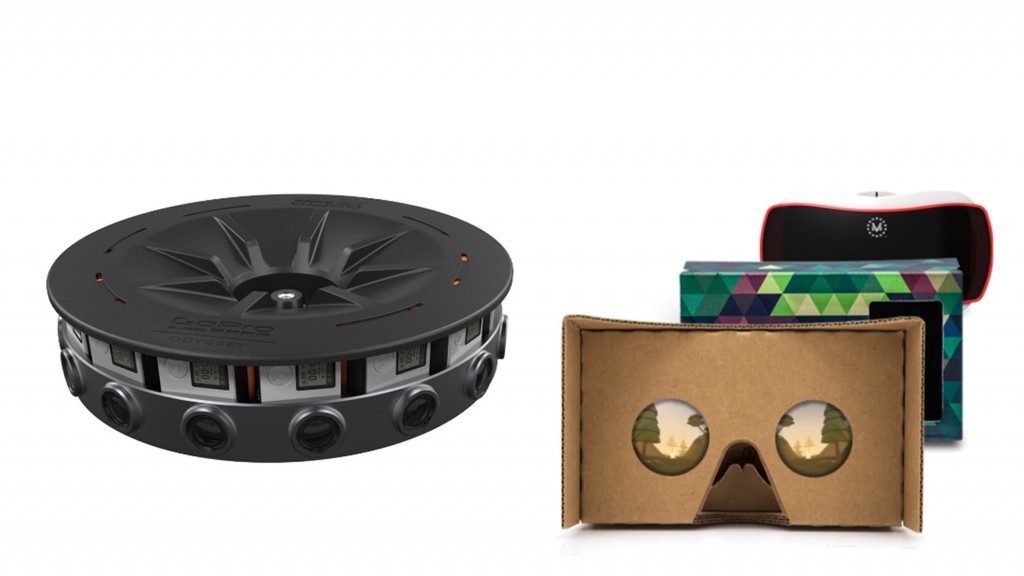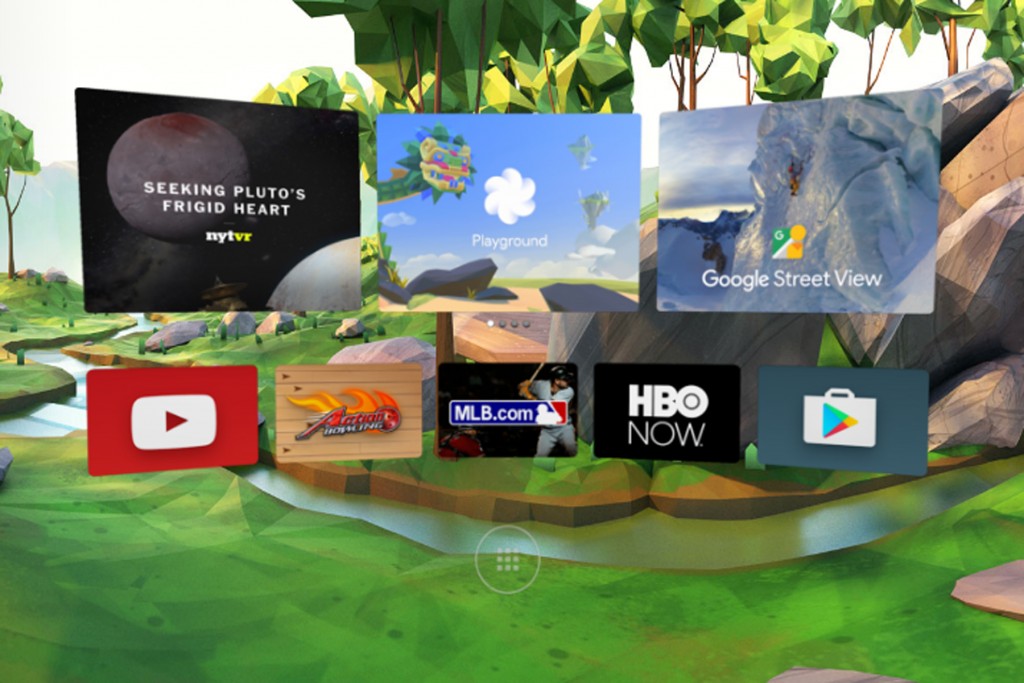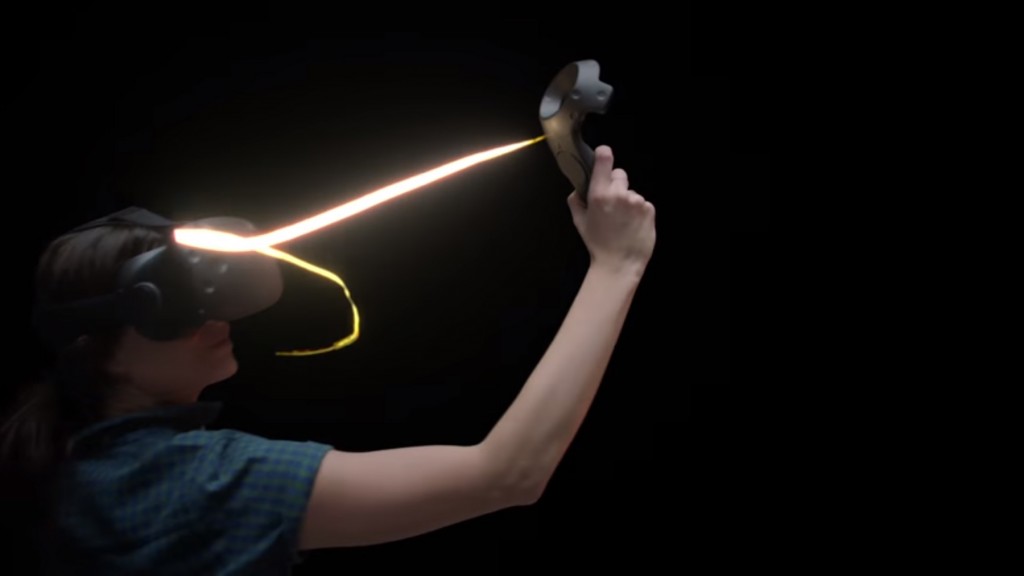Google is at the Forefront of Developing the VR World
Google is at it again. And this time, it aims to dominate the world of virtual reality. (As if the internet space is not enough to conquer!) Competing with the Oculus Rift and other upcoming VR gadgets, Google VR is offering a lineup of projects that will not only focus on the hardware but also on the content.
The world of virtual reality has a lot of space for development. And Google is positioning itself as one of the main producers and curators of VR materials from games, to simulations, and even videos and movies. Under the program umbrella of Google VR, the tech giant aims to make the technology affordable, accessible, and appealing to almost every tech consumer in the market.
There are four noteworthy projects under Google VR that are steadily shaping the world virtual reality and it’s building up some excitement from a lot of fans.
This latest project is Google’s virtual reality platform. It sits at the heart of the Google VR program and aims not only to harvest and store VR content but to complement a device called the Daydream VR to compete with other headsets like Samsung’s GearVR and even the Oculus Rift. The hardware will come with a remote for virtual controls and more importantly, it will only work on smartphones approved by Google.
Integrating itself in the new Android N operating system, only a select lineup of phones will be able to switch to “VR Mode”. However, the rewards of Daydream platform likes in the content available. Since Google will act as a content curator, Daydream will be a repository of hundreds of virtual reality content. It will also be hooked up to Youtube which will host its VR app. And as usual, the platform is open to developers who create VR environments, games, and experiences
The Daydream platform is slated for launch later this 2016.
In 2014, Google launched what seemed like a low-risk experiment that tried to explore the potential of virtual reality. Called the Google Cardboard, it appeared to be like a poor man’s ViewMaster. Literally made from cardboard, the viewing device allows users to see images and videos in 3D through their mobile phone screens. The concept is pretty simple as it is only made of common household items contrary to the more intimidating VR headsets at that time.
Google Cardboard is made of cheap foldable cardboard, a pair of lenses, and the unlimited imagination of a user. It even advertises a DIY version, complete with a step-by-step guide. For people with lazy bones, Google sells a pre-made plain old cardboard VR for 15 dollars. But those who fancy cool designs could pay up to 40 dollars.
One of the coolest virtual reality programs made by Google is called the Tilt Brush. It is where users can paint in a 3D environment instead of painting on a 2D canvas. Tilt Brush allows users to swipe and glide through the air leaving brush strokes in suspended animation. There’s a full blown color palette that users can choose from and even special effects as well. Artists and viewers can walk around and pass through the artwork. The outcomes are truly impressive and based on sample artworks, a new genre or movement might be born out of this exciting technology.
It is currently available for download on Steam for HTC Vive.
If painting in 3D is not enough, what about taking photos or videos in 3D? Just as we expected, Google has already thought about this and an app called Jump does the exact thing. It works as a Google platform that allows users to create 3D videos. Using the technology of 16 GoPro cameras, called the GoPro Odyssey, users get to capture what’s going on from all angles. Best of all, viewers get to access these immersive experiences via YouTube VR.
Google has indeed taken a step further in technology. Through these four projects currently in development, the virtual reality world is slowly taking shape and being filled with content users themselves create. VR will no longer just be for gaming but for exchanging ideas, memories, and even doing social media. They’ve conquered the internet space and soon, the world of virtual reality as well.


